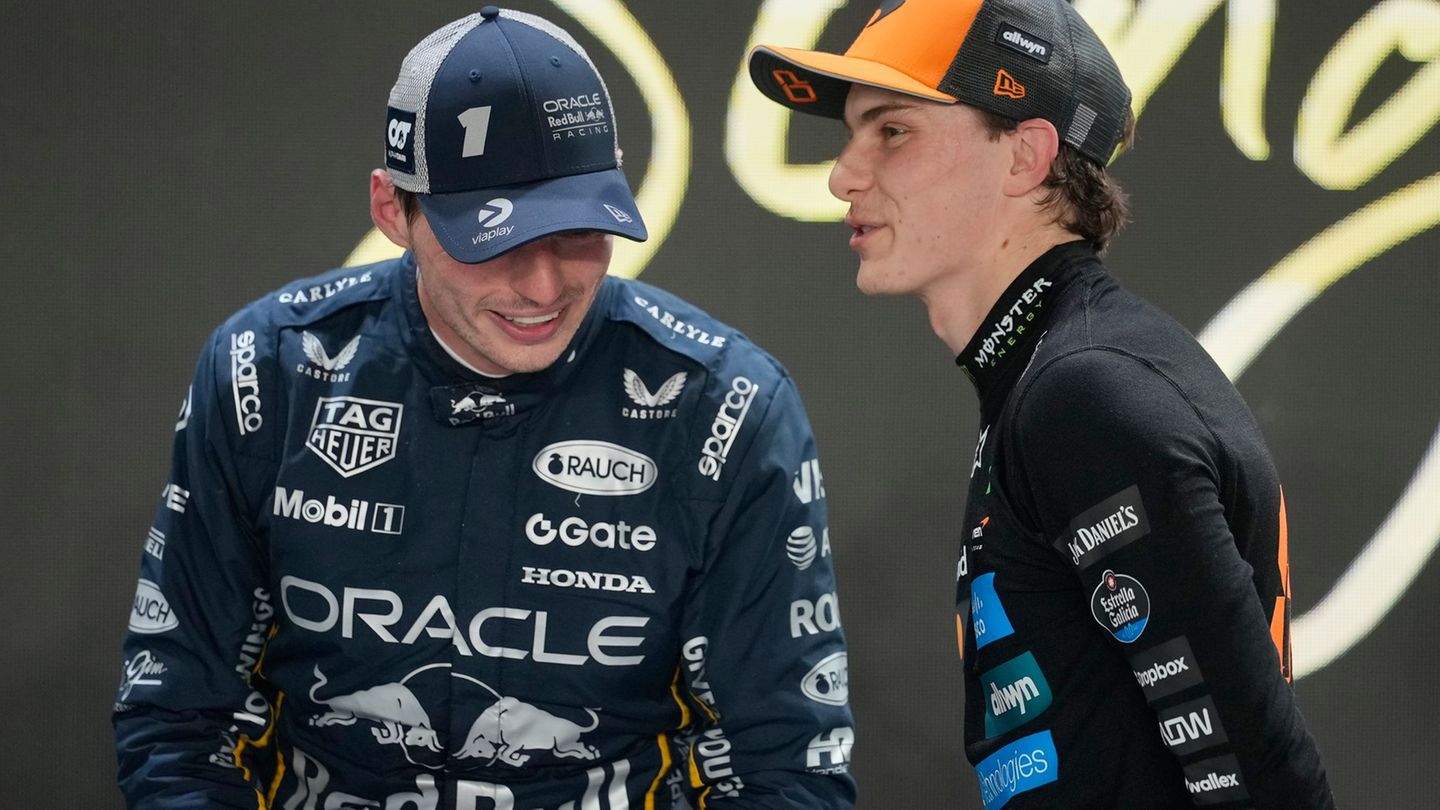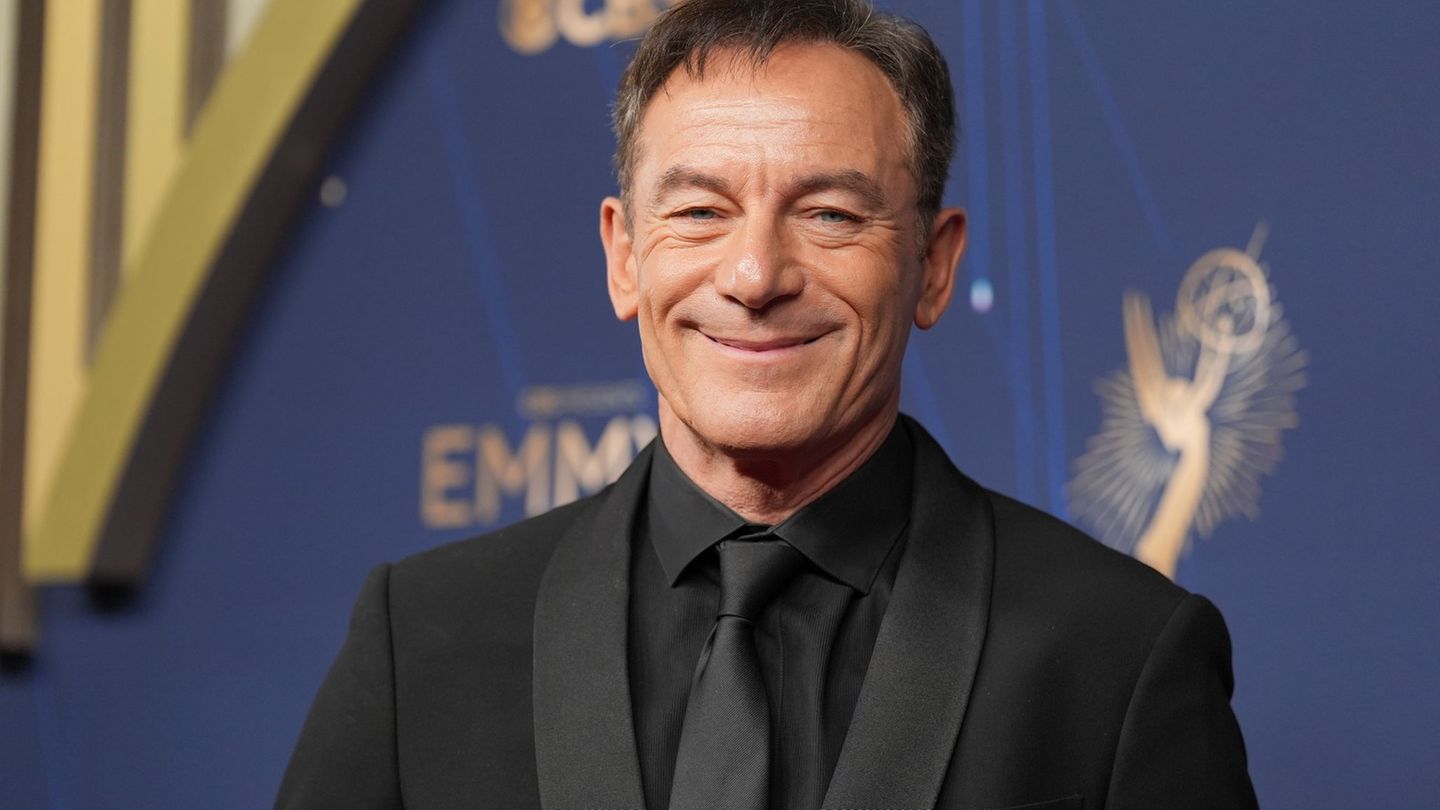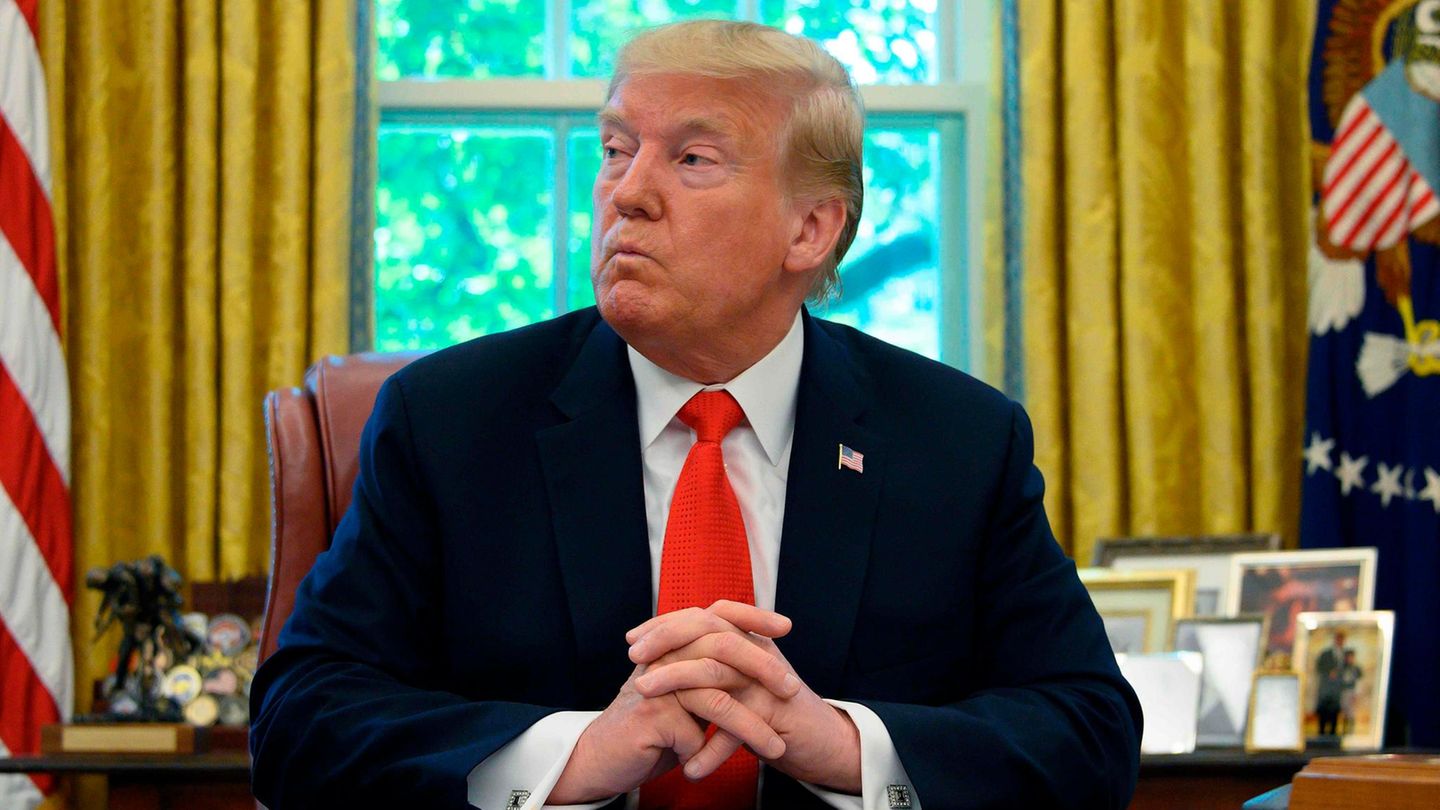David William is a talented author who has made a name for himself in the world of writing. He is a professional author who writes on a wide range of topics, from general interest to opinion news. David is currently working as a writer at 24 hours worlds where he brings his unique perspective and in-depth research to his articles, making them both informative and engaging.
Menu
Donald Trump: Incident from 2019 shows his handling of secrets
Categories
Most Read
The USA and the war inside. The situation in the morning
October 6, 2025
No Comments
Diplomacy in Egypt: Gaza War: Negotiations between Israel and Hamas begin
October 6, 2025
No Comments
Environment: Greenpeace: Shadow fleet oil tanker Danger for the Baltic Sea
October 6, 2025
No Comments
Donald Trump puts UFC fight on his birthday at the White House
October 6, 2025
No Comments
Martial spectacle: In front of the White House: Cage fight on Trump’s birthday
October 6, 2025
No Comments
Latest Posts

Formula 1: McLaren in front of the bang? Team duel is heading to Crash
October 6, 2025
No Comments
PierceI am Pierce Boyd, a driven and ambitious professional working in the news industry. I have been writing for 24 Hours Worlds for over five

Eric Stehfest: because of schizophrenia “slipped into the bankruptcy”
October 6, 2025
No Comments
Lisa HarrisI am an author and journalist who has worked in the entertainment industry for over a decade. I currently work as a news editor

People: “White Lotus” star Jason Isaacs: dry for 27 years
October 6, 2025
No Comments
Lisa HarrisI am an author and journalist who has worked in the entertainment industry for over a decade. I currently work as a news editor
24 Hours Worlds is a comprehensive source of instant world current affairs, offering up-to-the-minute coverage of breaking news and events from around the globe. With a team of experienced journalists and experts on hand 24/7.

